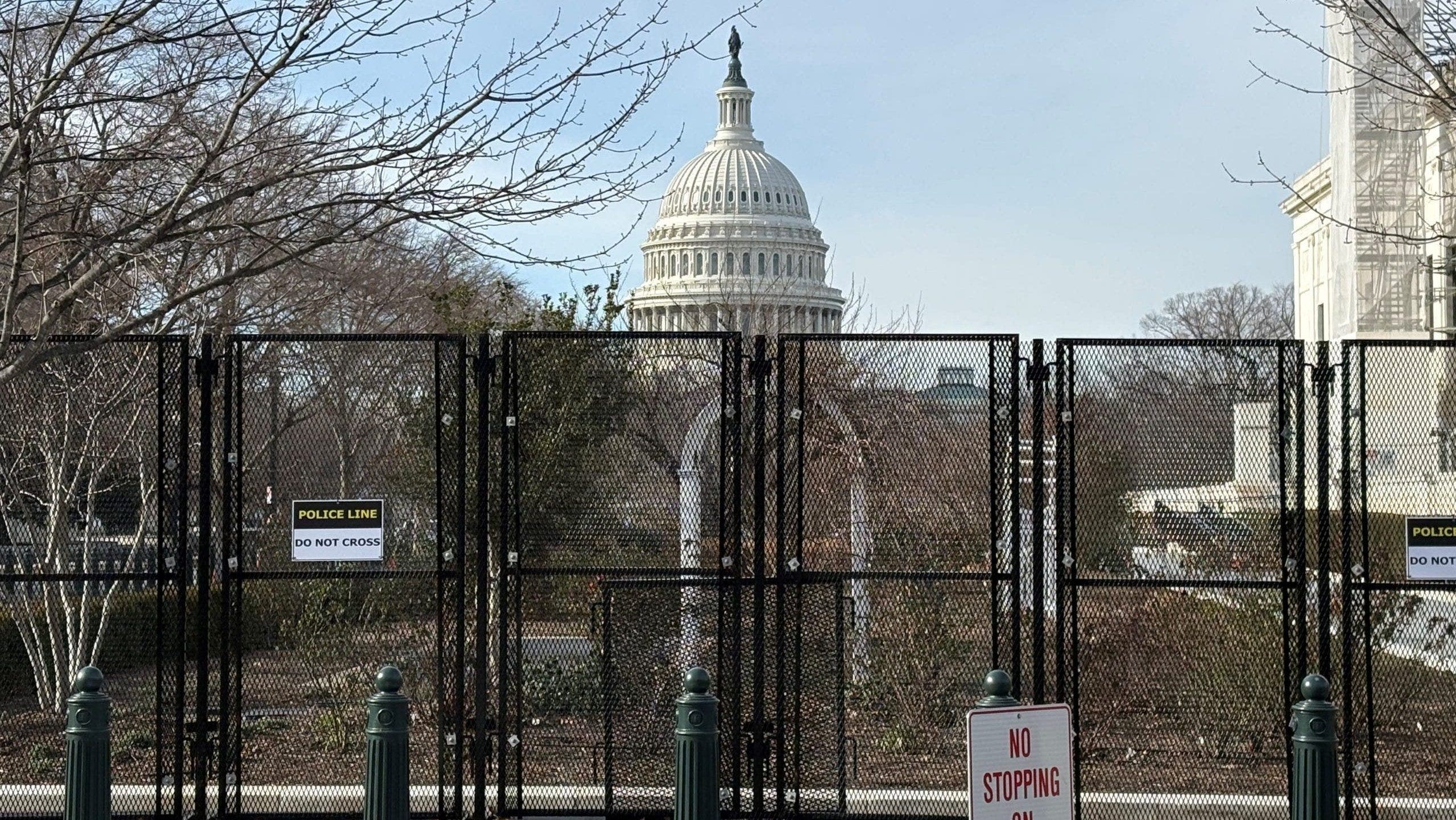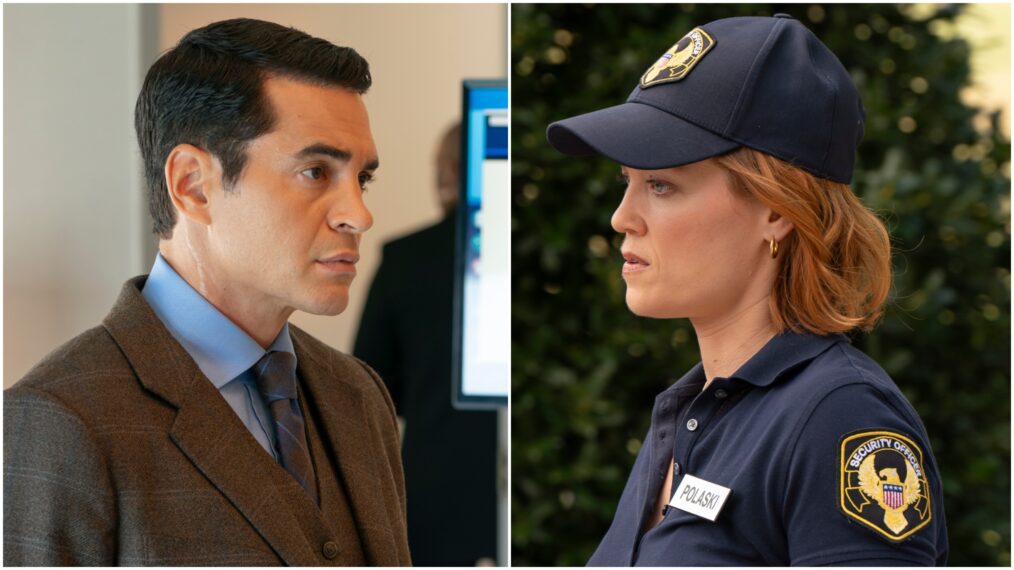The documentary features at least 10 space experts who endorse a name change. Updating the telescope’s name “would help send the message that NASA in its current era does not tolerate the same sort of intolerance that was present in the ’50s, ’60s and ’70s,” Tessa Fisher, an astronomer at Arizona State University, tells the documentarians. “I think we can do better than naming a scientific instrument that has the possibility to answer questions that the entire world is interested in after a Cold Warrior,” says writer and space historian Audra Wolfe, author of the book, Freedom’s Laboratory: The Cold War Struggle for the Soul of Science.
Over the past 20 years—with the exception of this mission—NASA has had open calls for suggested names for spacecraft and rovers, Jet Propulsion Laboratory astronomer Rolf Danner points out in the film, saying it has “picked figures that are significant and can show us where we want to go in the future.” While he praises NASA’s name for its first Mars rover—after abolitionist Sojourner Truth—and its upcoming infrared telescope named for astronomer Nancy Grace Roman, he calls the JWST a deviation from that history.
Even before it became controversial, the naming of the telescope—provisionally called the Next Generation Space Telescope when work began—was at least unconventional. NASA officials generally name space telescopes near their launch and usually after prominent astronomers, like they did with the Hubble, Spitzer, Chandra, and Compton telescopes. In contrast, former NASA chief Sean O’Keefe announced that the new instrument would be named after Webb, a bureaucrat who led the agency during the Apollo program—and he did it 20 years before the telescope launched, without consulting the astronomical community.
Now the dispute over Webb’s legacy has cast a shadow over his $10 billion namesake, especially among LGBTQ astronomers and space fans. “If you are a person who is cis and straight in astronomy, then maybe this doesn’t seem all that personal to you,” Walkowicz says. “For me, this has essentially ruined the delivery of these first images, which I would like to be excited about.”
Walkowicz and three of their colleagues called for NASA to change the name in a 2021 petition signed by more than 1,800 astronomers, many of whom hoped to use the telescope’s instruments for research. The quartet also made their case in a Scientific American opinion piece last year. The lead author of that piece, Harvard astronomer Chanda Prescod-Weinstein, had for years raised concerns on social media about homophobic policies during Webb’s tenure at NASA. She and others also pointed out that Ultima Thule, NASA’s initial name chosen in 2018 for a Kuiper Belt object, had Nazi connotations. The agency renamed it Arrokoth the following year.
But despite the outcry, NASA officials chose not to rename the telescope. In July 2021, the agency initiated an internal investigation, which included the documents later acquired by Nature via a FOIA request. That September, current NASA administrator Bill Nelson handed out a one-sentence statement to six reporters: “We have found no evidence at this time that warrants changing the name of the James Webb Space Telescope.” (In response, Walkowicz resigned from the NASA astrophysics advisory committee.) At the time, the agency granted no interviews and released no additional information.

























































